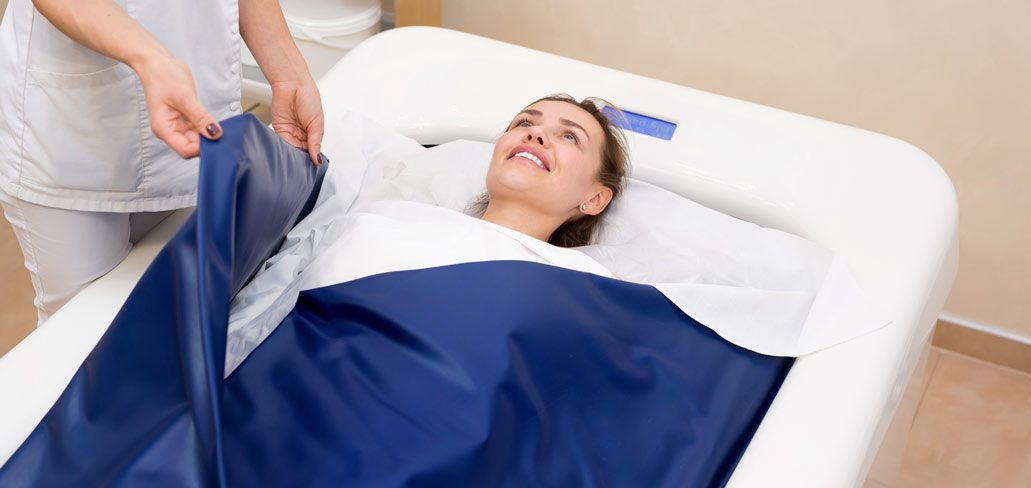Mastering the Art of Bed Bathing
As a patient care technician (PCT), you play a vital role in providing comfort and care to your patients. One of the most important tasks you will perform is bed bathing. Bed bathing is a routine task that can be made more challenging for patients who are immobile or have limited mobility. However, by following a few simple tips, you can make bed bathing a more comfortable and dignified experience for your patients.
Tips for Bed Bathing
- Gather all of your supplies before you start. This will help to ensure that you have everything you need within reach.
- Explain the procedure to your patient. This will help to put them at ease and let them know what to expect.
- Provide privacy for your patient. This can be done by closing the door to the room or pulling the curtains around the bed.
- Adjust the bed to a comfortable height. This will help to prevent back strain for you and make it easier for you to reach your patient.
- Use a bath blanket to cover your patient for warmth and modesty.
- Wash your hands thoroughly before and after bathing your patient.
- Use mild soap and warm water.
- Gently pat your patient dry with a clean towel.
- Apply lotion to your patient’s skin to help prevent dryness and irritation.
- Make sure your patient is comfortable before you leave the room.
Additional Tips for Patient Comfort
- Talk to your patient throughout the bathing process. This will help to keep them engaged and distracted from the task at hand.
- Be gentle with your patient’s skin. Avoid scrubbing too hard, as this can cause irritation.
- Pay attention to your patient’s nonverbal cues. If your patient seems uncomfortable or in pain, stop what you are doing and ask them if they are okay.
- Be patient and understanding. Bed bathing can be a time-consuming task, but it is important to take your time and do it right.
Skin Care Considerations
- Use a mild soap that is free of harsh chemicals.
- Apply lotion to your patient’s skin after bathing to help prevent dryness and irritation.
- Be careful not to scrub too hard, as this can damage the skin.
- Look for any signs of skin irritation, such as redness, rash, or sores.
By following these tips, you can make bed bathing a more comfortable and dignified experience for your patients. Remember to be patient, gentle, and understanding, and always put your patient’s comfort first.
Additional Resources
Sponsored Listings



